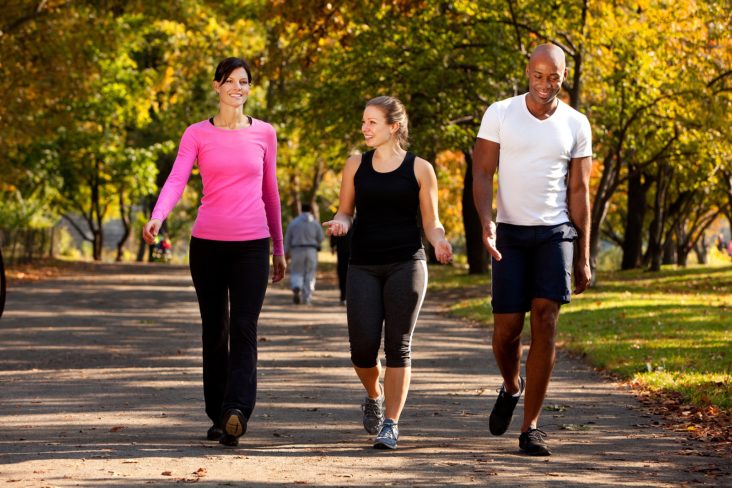Contemporary Medical Acupuncture
What is Contemporary Medical Acupuncture?
Contemporary Medical Acupuncture, sometimes also known as Neurofunctional Acupuncture or Electroacupuncture, is “a precise peripheral nerve stimulation technique, in which fine solid needles (acupuncture needles) are inserted into neuro-reactive loci, and stimulated manually or with electricity for the therapeutic purpose of modulating abnormal activity of the nervous system.”
How does it work?
There are several mechanisms by which acupuncture works to help patients move better and feel better. Our body really prefers to be in homeostasis, the tendency toward a relatively stable equilibrium between interdependent elements, especially as maintained by physiological processes. When an intervention like acupuncture is brought into the mix, it helps to precipitate the process of maintaining that equilibrium. This commonly happens by either up regulating or down regulating specific cellular processes based on the body’s need to “return to normal”. For example, if a muscle is “tight” or has high neural tension, the acupuncture will aid in reducing that tension.
Is it safe?
In short, YES. Of course, as with all treatments, there are some risks involved. However, in Ontario, practitioners who utilize acupuncture are all regulated healthcare professionals with extensive training in anatomy. Part of the training includes comprehensive discussions on the safest way to needle and how to best avoid any adverse events. Your safety, comfort and health are our top priority!
Does it hurt?
Generally, NO. However, at times, a patient may feel a dull ache or a twitch in the muscle; this dull ache is actually a positive thing and means we are affecting our target in the muscle. If there is ever too much discomfort, it’s important to let your practitioner know and things can be adjusted, or needles can always be removed.
What types of conditions can be treated with Neurofunctional Electroacupuncture?
Electroacupuncture can be used to treat a wide variety of neuromusculoskeletal conditions. Some of the more common conditions that respond well to acupuncture are:
Back pain
Neck pain
Headaches
Tennis elbow
Plantar fasciitis
Shin splints
Shoulder, hip and knee pain
Many more!
Author: Dr. Allie Dennis
Resources:
Elorriaga Claraco A, Fargas-Babjak A. Contemporary Acupuncture for Health Professionals. Handouts Unit 1-5. Fall 2016.




